Container A.P.s Cold limit
strudeldog_gw
16 years ago
Related Stories

ARCHITECTURE15 Smart Design Choices for Cold Climates
Keep your home safe and comfortable in winter by choosing the right home features and systems
Full Story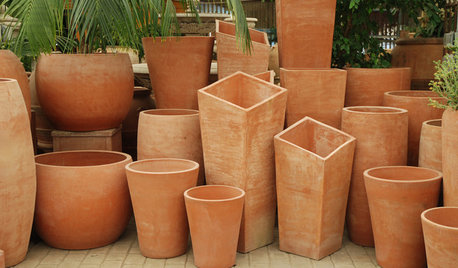
CONTAINER GARDENSBeat the Frost With Natural Terra-Cotta Containers
Here's how to protect your pots during the cold winter months
Full Story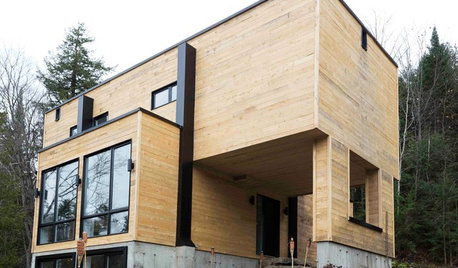
ARCHITECTUREHouzz Tour: Shipping Containers Make for an Unusual Home
Recycling hits the big time as a general contractor turns 4 metal boxes into a decidedly different living space
Full Story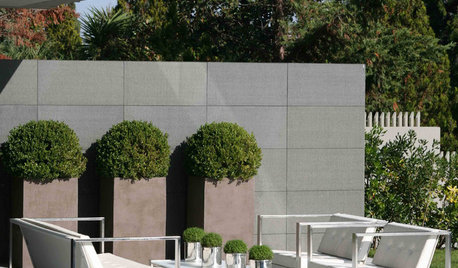
LANDSCAPE DESIGNSimple Container Plantings for Intriguing Garden Design
Beyond mere decoration, thoughtfully chosen pared-down pots and plants can be integral to interest in the garden
Full Story
PLANTING IDEASStretch the Budget, Seasons and Style: Add Conifers to Your Containers
Small, low-maintenance conifers are a boon for mixed containers — and you can transplant them to your garden when they’ve outgrown the pot
Full Story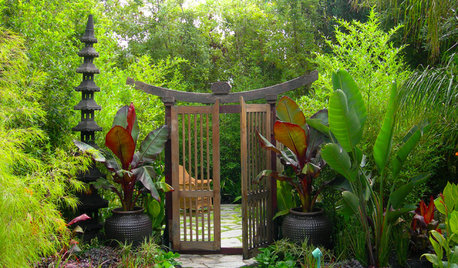
CONTAINER GARDENS10 Ways to Take Containers Beyond the Patio
Enliven your landscape with pots and containers
Full Story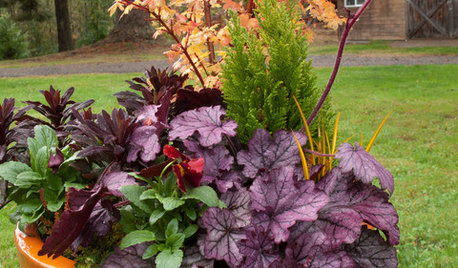
FALL AND THANKSGIVING5 Container Gardens for Fall, the Holidays and Beyond
Make planting easy with a single container, year-round plants and a sprinkling of simple seasonal accents
Full Story
CONTAINER GARDENS3 Steps to Creating Quick, Easy and Colorful Succulent Containers
Take a bright container, add a colorful succulent or two and have a professional, summery design in minutes
Full Story
GARDENING GUIDES7 Fall Beauties for Mild-Climate Container Gardens
We're talking long-term relationship: These showy shrubs will bring color to your container garden autumn after autumn
Full Story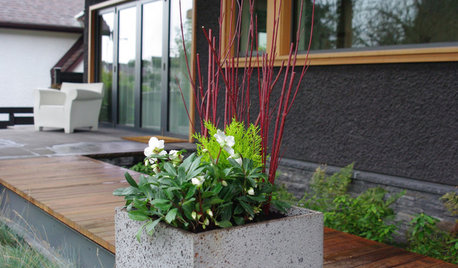
WINTER GARDENING7 Container Plantings to Bring Winter Gardens to Life
Adding instant color but with long-lasting practicality, these plant groupings are bright spots in a slumbering wintertime garden
Full StoryMore Discussions






myersphcf
Embothrium
Related Professionals
Allentown Landscape Architects & Landscape Designers · Lake Oswego Landscape Architects & Landscape Designers · Rancho Palos Verdes Landscape Architects & Landscape Designers · Seabrook Landscape Architects & Landscape Designers · Annandale Landscape Contractors · Bainbridge Island Landscape Contractors · Choctaw Landscape Contractors · East Chicago Landscape Contractors · Middleton Landscape Contractors · Raleigh Landscape Contractors · East Peoria Fence Contractors · Killeen Fence Contractors · Oceanside Fence Contractors · San Mateo Fence Contractors · Santa Ana Fence Contractorsmyersphcf
herman_neutics
gardengal48 (PNW Z8/9)
Embothrium
strudeldog_gwOriginal Author
Embothrium
herman_neutics
mckenna
gardengal48 (PNW Z8/9)
picea
myersphcf
gardengal48 (PNW Z8/9)
herman_neutics
Embothrium
picea
Embothrium
Amazindirt (7a TN)
herman_neutics
strudeldog_gwOriginal Author
Amazindirt (7a TN)
myersphcf
tapla (mid-Michigan, USDA z5b-6a)
gomero
arktrees
gomero